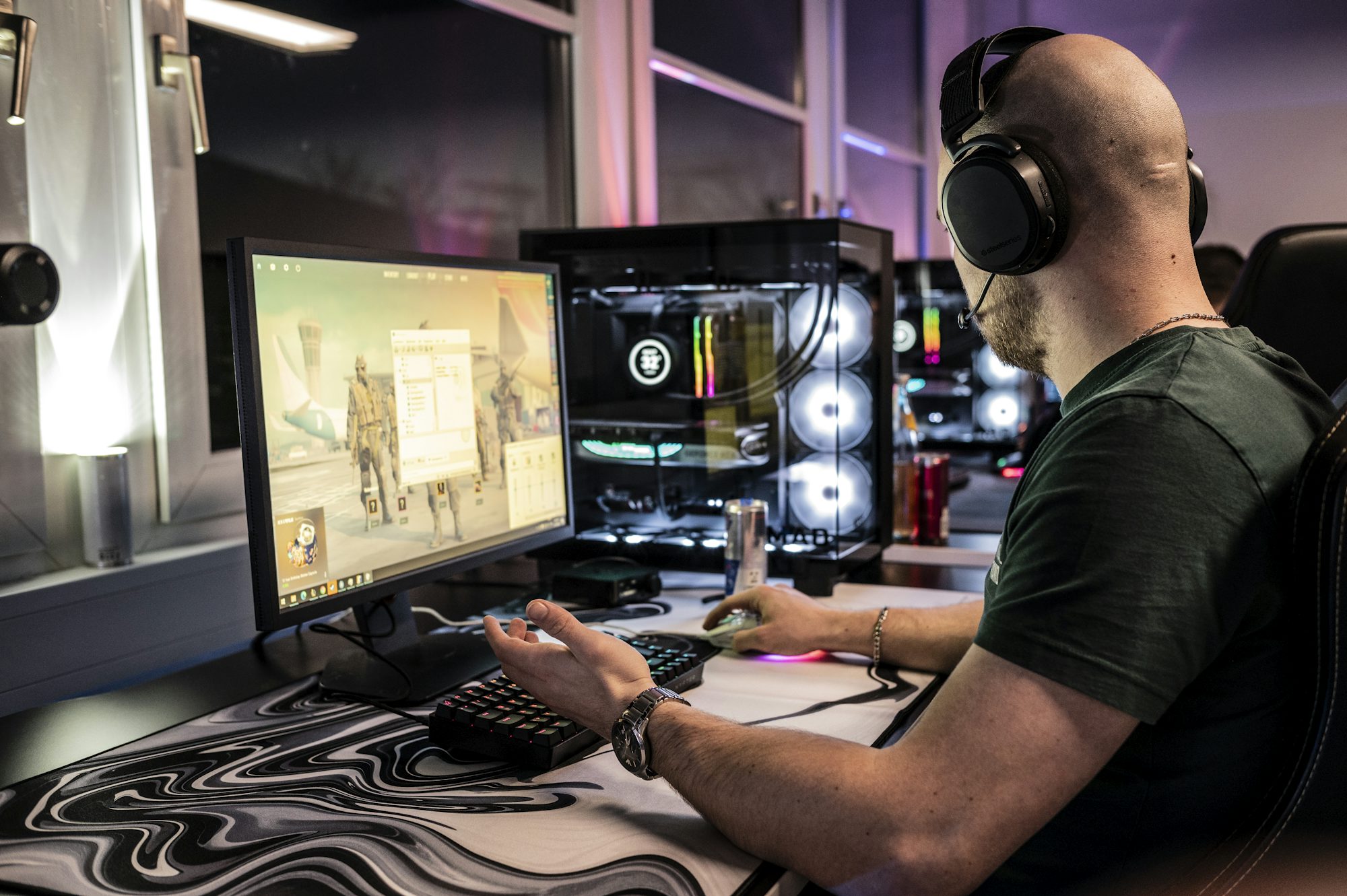The Rise of Indie Games
Indie games, or independent games, refer to video games created by individuals or small development teams without the financial support of major publishers. The rise of digital distribution platforms such as Steam, itch.io, and the Epic Games Store has played a crucial role in the success of indie games, allowing developers to reach wider audiences without the need for traditional retail channels. The accessibility of development tools, such as Unity and Unreal Engine, has also democratized game development, enabling aspiring creators to bring their visions to life.
One of the key factors contributing to the rise of indie games is the growing appetite for unique and diverse gaming experiences. Players are increasingly seeking games that offer innovative gameplay mechanics, compelling narratives, and artistic styles that differ from mainstream offerings. Indie games often prioritize creativity over commercial viability, resulting in fresh ideas and experimental gameplay that can captivate players in unexpected ways.
Unique Features of Indie Games
Indie games often exhibit characteristics that set them apart from mainstream titles. One notable feature is their focus on storytelling. Many indie developers prioritize narrative depth and emotional engagement, crafting stories that resonate with players on a personal level. Games like "Celeste" and "Gris" tackle themes of mental health, personal growth, and self-discovery, inviting players to embark on meaningful journeys that extend beyond mere entertainment.
Additionally, indie games frequently experiment with gameplay mechanics, offering innovative approaches that challenge traditional gaming conventions. Titles such as "Braid" and "Super Meat Boy" have introduced players to unique mechanics, like time manipulation and precision platforming, respectively. These innovative ideas not only provide fresh experiences but also push the boundaries of what games can achieve as a medium.
Artistic expression is another hallmark of indie games. With smaller budgets, developers often rely on distinctive art styles that stand out visually. From the pixel art of "Undertale" to the hand-drawn aesthetics of "Hollow Knight," indie games showcase a wide range of artistic approaches, contributing to their overall charm and appeal. This emphasis on art allows players to engage with the game in a different way, appreciating not just the gameplay but also the visual storytelling.
Cultural Impact and Community Engagement
Indie games have had a significant cultural impact, fostering communities that celebrate creativity and innovation. The success of games like "Among Us" and "Fall Guys: Ultimate Knockout" has not only generated excitement among players but has also sparked discussions about game design, accessibility, and inclusivity within the gaming community.
Furthermore, indie developers often engage with their communities, seeking feedback and fostering a sense of collaboration. This interaction helps create a supportive environment where players feel valued and heard. Developers frequently utilize social media platforms and forums to connect with their audience, share updates, and gather input on gameplay mechanics and design choices. This level of engagement fosters loyalty and investment in the game, creating a passionate player base that contributes to its success.
The Challenges of Indie Development
Despite the many advantages of indie game development, creators face numerous challenges. Limited budgets can restrict marketing efforts, making it difficult for indie games to gain visibility in a crowded marketplace. Many indie developers rely on grassroots marketing strategies, leveraging social media and word-of-mouth to promote their games.
Additionally, the pressure to succeed can be overwhelming. With high expectations from players and the industry, indie developers must navigate the complexities of game design, marketing, and community engagement while balancing their creative vision. The risk of failure is ever-present, but the passion and dedication that drive many indie developers often outweigh these challenges.
The Future of Indie Games
The future of indie games appears promising, with continued growth and innovation on the horizon. As technology advances, developers will have access to even more powerful tools and resources, enabling them to push the boundaries of creativity further. The growing acceptance of indie games within the broader gaming community also suggests that players are increasingly recognizing the value of unique, independent experiences.
Moreover, the rise of crowdfunding platforms like Kickstarter and Indiegogo has provided indie developers with alternative funding options. These platforms allow creators to directly engage with potential players and secure the financial backing necessary to bring their projects to life. Crowdfunding has not only democratized the funding process but has also fostered a sense of community investment in the development of indie games.
Conclusion
Indie games represent a vibrant and essential part of the gaming landscape, showcasing the creativity and passion of independent developers. With their unique features, cultural impact, and commitment to innovation, indie games continue to captivate players and challenge the status quo in gaming. As the industry evolves, the potential for indie games to shape the future of entertainment remains significant. By embracing creativity and encouraging diverse voices in game development, we can look forward to a future filled with unique and enriching gaming experiences that resonate with players around the world.
